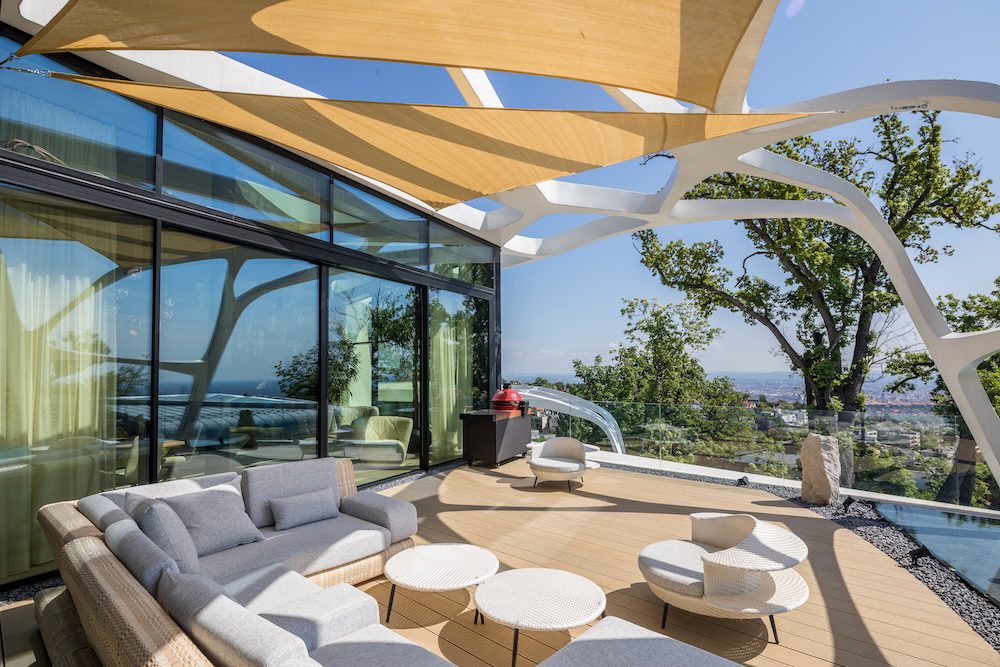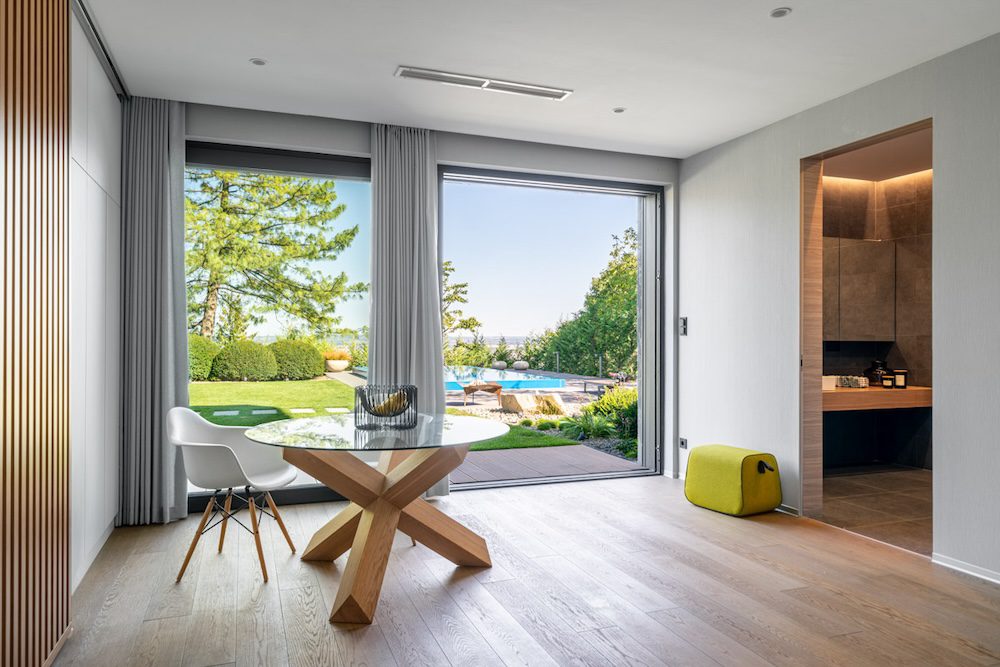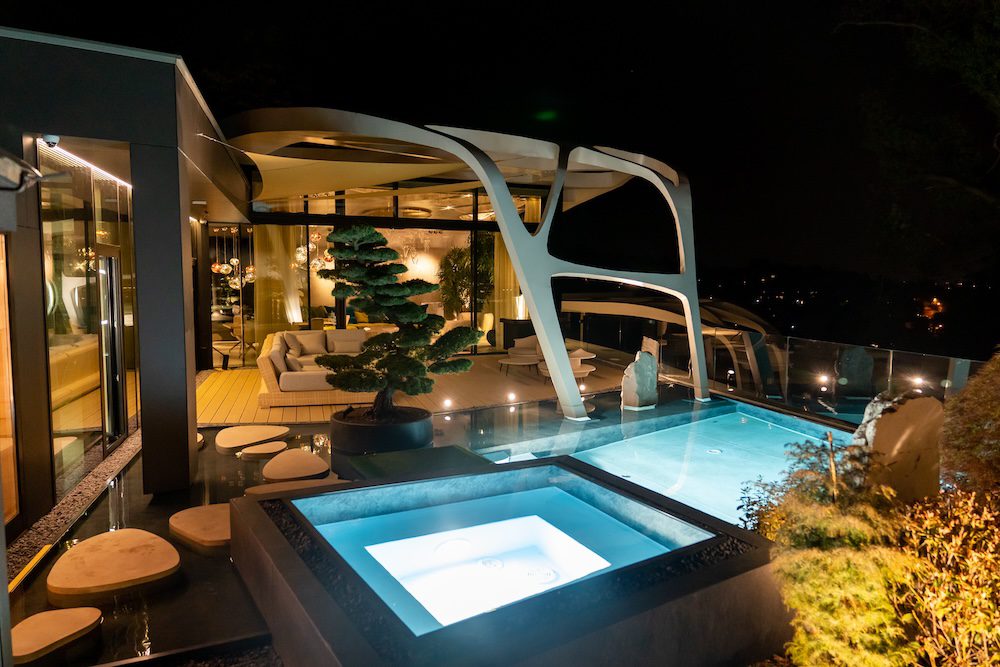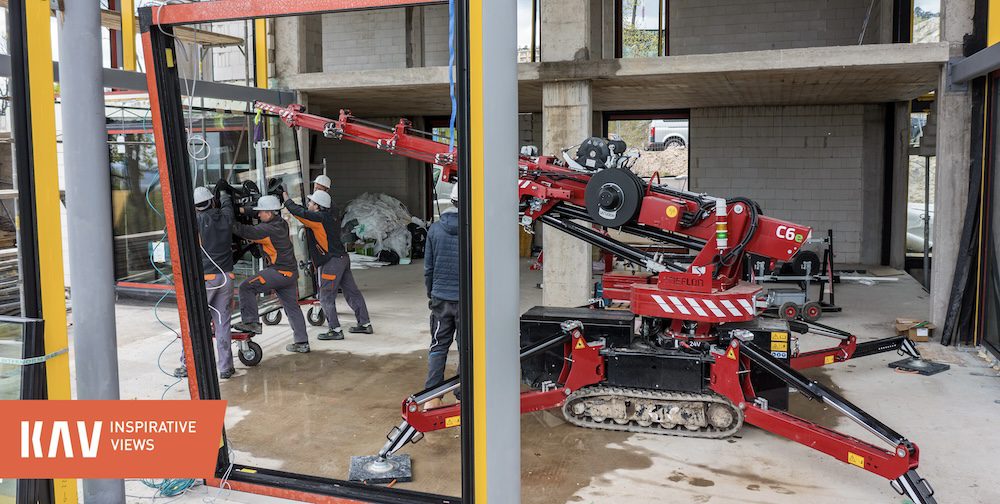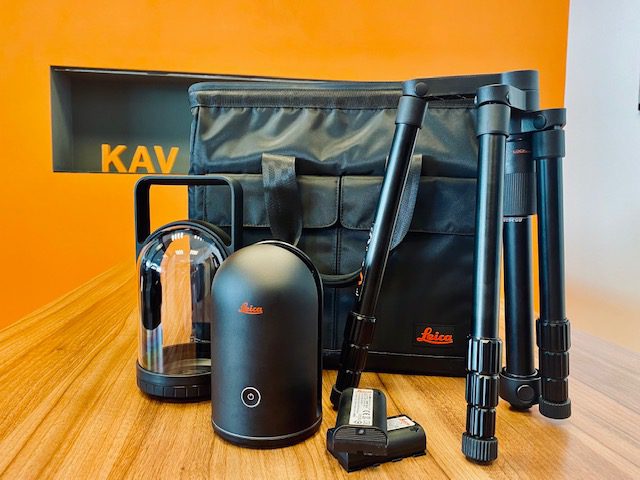Impact of construction industry changes on the market for aluminium doors and windows

In the recent period, price increases and a shortage of raw materials have brought along significant changes in the construction industry. We discussed with Károly Lovász, Managing Director of KAV Hungária, how this affects the market for aluminium and custom doors and windows, and what KAV’s customers should be prepared for.
How do the price changes seen in the construction industry affect the door and window market?
With regard to the issue of price changes, a distinction should be made between the type of raw material for doors and windows. There is some price increase for PVC as well, but not nearly as much as for other materials. In the case of plastic windows, the increase in glass prices is the main cause of price changes, as well as the shortage of the raw materials for flat glass in Europe, as a result of which the door and window profession has to switch to a kind of shortage management, quota business. This is because when they’re ordering certain types of flat glass, they can’t serve larger glass processing companies or only with very long deadlines.
No price change can be seen for steel yet, although the price of hot-rolled shape steel products has risen by several hundred percent. Interestingly, the price of the raw material for steel doors and windows has not been that much affected so far, but it’s only a matter of time. As the stock of rolled sheet materials runs out, the price of steel doors and windows will also increase.
There has already been a significant, between 30 and 50 percent increase in the price of aluminium castings, and there was a significant increase in the cost of pressing. These increases have brought along a 7 to 14% percentage change in the overall system component prices of aluminium doors and windows so far; but that’s just one situation; it won’t stop. Of course, the rise in glass prices will also affect our market, and this year further price increases are expected in this area too. It’s also important to mention the issues that mainly affect electrical products: due to a shortage of components to be installed in motors and other additional deficiencies, suppliers can only fulfil orders after a longer waiting period. In the aluminium door and window market, therefore, in addition to price increases, late supplier deliveries are also an issue. Despite the fact that customers are making decisions and paying on time, due to the shortage of raw materials, the supply of system materials to the manufacturers can increase by up to 12 weeks; the manufacturer can only schedule production after that time.
Is this raw material shortage a globally existing phenomenon?
It’s not a global shortage of raw materials in the market, but the problem is multi-layered. There is a shortage in Europe, but this was artificial on one hand and due to business lobbying, and, on the other hand, demand in the European construction market increased to a great extent: after the burdensome period of the coronavirus epidemic, a double-triple demand emerged for raw materials, and the suppliers, with an already reduced throughput capacity, are not able to deliver it so fast. In addition to its new customs burden on Chinese goods, which has been wheedled in by the EU lobby (China brought significant quantities of cheap raw materials to Europe before the beginning of this year), money-generating manipulation by foreign and domestic supplier owners is also having a significant impact on the market. These, provided no change occurs by then, will soon be solved by capitalism anyway; that is, they will stop. Then, after prices have rebounded, it’ll be possible to start again, but then unfortunately not for all actors.
In the case of wooden doors and windows, the situation is much more problematic due to the USA vs. Canada litigation. Compared to last year, raw material prices have increased to more than double, and in some materials even more than triple.
Will the price of wood and aluminium windows be more balanced than this?
I’m confident that some difference will remain. However, it’s important to highlight that these two product groups are very difficult to compare. Aluminium is preferred for special or large-area and large-scale movable needs, while wooden doors and windows are typically used for smaller building, often with hole-like windows. If there is a building where we are asked to submit quotes in a mixed scenario, there the earlier wide-open scissors will close a bit and this ratio will improve. And if glass price increases continue at this rate, given that both products use similar types of glass, this difference will continue to decrease.
How are Schüco and Reynaers, the two suppliers of aluminium doors and windows that define the domestic quality housing market, struggling with these changes?
Supply from Schüco is much more smooth, thanks to the Hungarian warehouse of their domestic distributor, Alukönigstahl; they’ve been able to deliver our orders accurately, almost by the day, and their preliminary delivery estimates are also accurate. The dispersion is already bigger at Reynaers: I think this issue is caused by the lack of a storage facility in Hungary. But they are also trying to catch up, trying to serve the increased demand with their giga warehouse in Poland. The fact that the shortage of synthetic resins also has an impact on the market for aluminium doors and windows is of particular interest, in particular when it comes to paint powders: we can’t order in the colour and texture we want. It’s shortage management; they’ll tell you what type of powder they have in the required shade, and that’s what the house has to be completed with. It was also a problem that aluminium system material suppliers increased prices at almost the same time, due to the price increase. This price increase threshold, when you can buy at a higher price after a certain day, has resulted in order dumping and congestion that can still be felt. Since prices currently rise on average every 2-3 months, these problems could be permanent. And it may even be that, above a certain level of price increase, it won’t be worthwhile to complete a project, any longer, as you may have already heard regarding large investments.
Currently, 21 projects are in progress at KAV. How do these changes affect the company’s operations?
Most of our customers are not concerned how and where we get the raw material from, and which brand we work with. They have concluded a contract with KAV; they trust us, even if supplier delays are beyond our control. However, in most cases it is not the manufacturing of a product or the delivery of a raw material that causes issues, but design matters. We receive buildings, more or less, with no design, and the customer and even the designer isn’t fully aware of this. We have to invest professional design work and engineering time into a building in such quantity and quality from the contact by a customer until an agreement can be concluded between us, which is many times that of the earlier calculated work and time. The time spent on preparation and design is greatly missed in the manufacturing and construction phases. Customers still don’t understand that first we design, then we calculate and the window manufacturing and installation phase can only come after the agreement.
Supplier delays haven’t negatively affected us so far, due to customers’ market insights; they’re aware that this isn’t our fault. KAV is not responsible for a supplier’s inability to deliver on time. I’ll give an extreme example: for a premium shading product that always arrived after roughly three weeks, now we’ve reached eight weeks delivery deadlines. This is because the motor supplier is unable to deliver electric drive motors for jalousie windows. Sequences of knock-on effects scan be triggered in the current situation in any area, which can even risk the completion of exterior work in the autumn, as the façade can’t be completed without the shading. This will lead to dangerous periods and serious disputes in the autumn and winter. We’re also trying to draw the attention of our customers to this.
MoreNews
